The final countdown: Britain's first man in space ready for blast-off
In an exclusive interview, first British ESA astronaut Tim Peake reveals that despite the dangers of space, his biggest fear is something happening to prevent launch day
Hanging on the wall above model rockets and space capsules in the atrium of the European Astronaut Centre in Cologne is a screen showing a timetable of the day’s events. The hall is busy with payload training. Chinese class is underway. After lunch is a lecture on astronaut protective socks. The last event, at 5.30pm, is “Tim’s farewell”.
The send-off is for Tim Peake, a 43-year-old army major and former helicopter test pilot, who in 2009 was chosen to be Britain’s first European Space Agency (ESA) astronaut. After this week, the staff here will not see him again until May 2016. By then, Peake will have blasted into space, lapped the planet more than 2,700 times, and fallen through the atmosphere in a fireball.
Launch day is less than two months away. On 15 December, Peake and two crewmates will be in Baikonur, Kazakhstan, to board a capsule on a Soyuz FG rocket, a machine that converts 270 tonnes of propellant into speed to catch up with the International Space Station (ISS) that flies 250 miles overhead at 17,500mph. He will not return for five months.
“I think the time will fly by. I’m glad it’s not any shorter. There’s so much I want to try and achieve in that time in space,” said Peake during a break in an otherwise formidable training regime. “The thing I’m most afraid of is something happening between now and launch and not actually making it into space.”
In the six years since Peake joined the astronaut corps, he has trained in Germany, Japan, Canada, Russia and the US. He has lived underground in a Sardinian cave system, and underwater in a habitat off the Florida coast, an exercise that simulated aspects of visiting an asteroid.
You have one shot to get yourself back safely. A couple of times I didn’t make it back, and then I got to grips with how this thing flew
During his mission, named Principia after Isaac Newton’s 17th-century tome, Peake hopes to be called on to do a spacewalk. He trained in diving gear in the huge swimming pool at Nasa’s astronaut centre in Houston, and in a virtual reality environment that recreates - with stomach churning realism - the sensation of working outside the ISS. The instructors make you tumble off now and then to see if you survive. To get back on, you have to orientate yourself and fire your jetpack. It is not as easy as George Clooney makes it look in Gravity.
“It’s a very difficult task, but I love it as a pilot because it requires a lot of coordination and you have minimum fuel. You have one shot to get yourself back safely,” Peake said. “A couple of times I didn’t make it back, and then I got to grips with how this thing flew, and since then, touch wood, I’ve been ok.”
Peake is a fan of the recent run of space movies from Hollywood, and tries not to pull them apart on grounds of scientific accuracy. Gravity had “wonderful cinematography”, and he loved Interstellar. That a director even tried to take on gravitational time dilation and reality beyond the event horizon of a black hole was impressive, he said. “If they get people excited about space and space exploration then I’m all for it.”
He describes his latest job as less dangerous than those he has done before. He left Sandhurst at the age of 20 to command a 30-man platoon of Royal Green Jackets in Northern Ireland. As an army helicopter pilot, he did tours in Bosnia and Afghanistan. Some of his most memorable flying was in the hills of Bosnia, where he flew reconnaissance missions at night and during the winter. The terrain was mined, so landing was a careful process, and he encountered sporadic gunfire. “We had nothing to return fire with, so we’d do evasive manoeuvres and get out of there,” he said.
Peake went on to become a helicopter instructor pilot and a test pilot at Boscombe Down. In an exchange trip to the US, he flew Apache helicopters and on his return, helped introduce them to the British army. On one test flight in Arizona, Peake was flying the Apache faster and higher than it had flown before, an exercise called envelope expansion. The flight was beset by abnormal vibrations that could have spelt disaster. “Sometimes you only realise you are in a dangerous situation after it has happened,” he said. “The investigation showed that our tail rotor had been banging metal on metal, and drilling a hole through the tail rotor gradually, so we were glad we knocked that sortie on the head when we did.”
More than 8,000 people applied to be astronauts when ESA advertised in 2008. At the time, the UK was not interested in human spaceflight, and no funding for the programme meant no British ESA astronauts. Peake will not be the first Briton in space, though. Helen Sharman, a chemist from Sheffield, took a privately-funded trip to the Mir space station in 1991. Others, including Michael Foale, Nicholas Patrick and Piers Sellers, had, or took, US citizenship and qualified as Nasa astronauts.
“I went into the selection process thinking my chances were very slim,” said Peake. That process, a combination of online questionnaires, medicals, tests, and intensive interviews, lasted a full year. Peake knew people from Boscombe Down who never got so far as a first interview. “Right up until the very end I was talking to my wife, Rebecca, and saying it’s so good I’ve got this far, but I’m really sure they are not going to pick a British astronaut.”
ESA whittled the applicants down to a final 10 and invited the hopefuls for one last round of interviews in Paris. A month later, Peake read on the internet that ESA had announced a press conference for two days’ time to announce its new recruits. “Nobody from the space agency had said anything to me, so I figured, well, I was glad to get into the final ten and it was a brilliant experience, but I didn’t make it all the way.”
Over dinner with his wife that evening, Peake’s mobile phone rang. It was a member of Director General’s office at ESA. He was in. “I’d hoped to keep that call private, but I wasn’t able to hide my excitement. Rebecca knew instantly it was good news. She took it really well. She knows my character very well and she’s been hugely supportive throughout,” he said. “My mother was less happy with my decision. Right from the very beginning, when I was a teenager, she wanted me to go into something safe like banking. She’s comfortable with the idea now.” Two days later, Peake, whose first son was four months old, was in Paris for the ESA press conference, along with the five other new recruits.
On Friday, Peake flew home to his family in Houston. In two weeks’ time, he will leave with them for Baikonur and final launch preparations, stopping briefly en route for a press call in Britain. Launching with him in the Soyuz capsule will be the veteran Russian commander Yuri Malenchenko, and the Nasa astronaut Tim Kopra. The three have flown in Soyuz simulations countless times in Moscow. Whatever the instructors threw at Malenchenko, they arrived at their destination safely.
The Soyuz can reach the ISS in four hours, about the time it takes to drive from Lancaster to Luton. But even minor glitches on the journey trigger a slower approach that takes 48 hours and 36 laps of the Earth. Once in space, Peake has video calls each weekend and can call home from his laptop whenever he has time.
Peake has specialist training on the European and Japanese science labs but can be called on for any task that needs doing. Three supply vessels are due to arrive over the course of the five-month mission, and all need to be grabbed with the space station’s robotic arm. A handful of spacewalks are planned too.
“I hope I will be assigned to one of those. Having spoken to astronauts who have had that experience, they say it’s quite daunting, the heart rate certainly goes up, and a lot of astronauts really feel the vertigo of being 400km up,” he said. “You get a couple of minutes built into the timeline once you get out the door to just acclimatise.”
“I’m really looking forward to this mission. In the six years I’ve been with the space agency you invest so much training time and emotional energy. It’s a personal commitment, and it’s a family commitment,” he said.
The head of European Astronaut Centre, Frank De Winne, an astronaut and former test pilot himself, said the toughest moments for Tim are likely to be on the launchpad once he has completed all his checks and is waiting for the engines to light up. “You are sitting on top of a rocket filled with fuel that is going to shoot you into space and you are gone for six months,” he said, adding that thousands of people have worked on your programme and are depending on you to perform. “You start to reflect on that and it makes you quite silent I must say.”
De Winne will be with Peake’s family and children for the launch. “One thing is to see a member of your astronaut corps go up, another thing is to see a very good friend or a spouse go up. One time I assisted in the launch of one of my closest friends and I must say it is a different feeling, so I can relate very well to how the family is feeling at that moment. My biggest job will be to be with them and to support them,” he said.
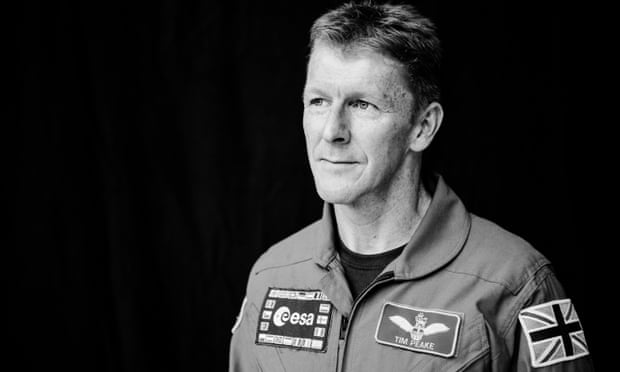

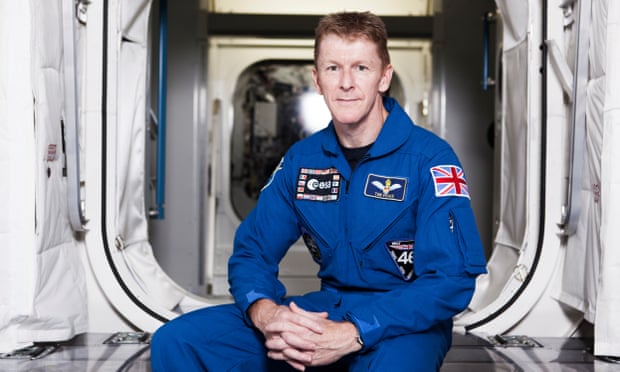
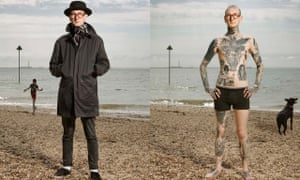


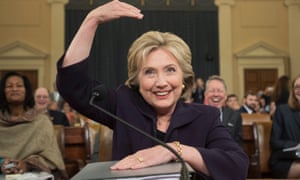
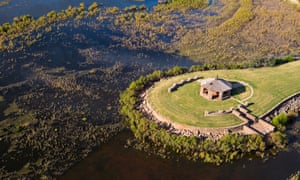


No comments:
Post a Comment
Please leave a comment-- or suggestions, particularly of topics and places you'd like to see covered